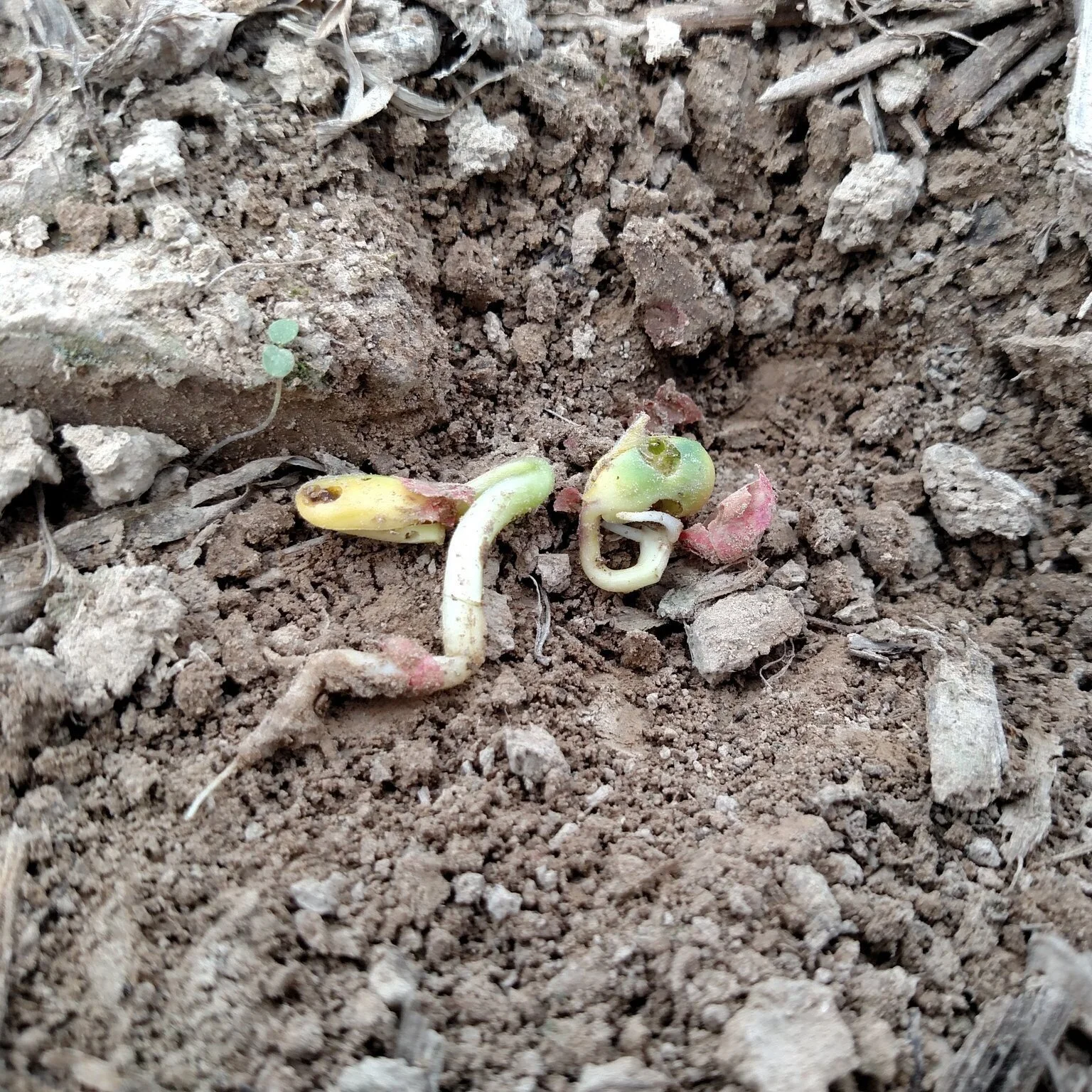New row crop varieties — soybeans, wheat, rice, corn, cotton, grain sorghum, sweet potatoes and sugarcane — are released annually by private companies and university breeding programs. Each variety can vary dramatically in yield potential, agronomic traits such as maturity, and resistance to insects, diseases and environmental stress factors. It is important to note a variety with high yield potential at one location may not be competitive in another location because of a lack of adaptability to different environments, including weather patterns, soil characteristics, disease pressure and cropping systems. Furthermore, a variety achieving a high yield or quality one year may not perform as well the next year at the same location because of yearly changes in the environment, such as rainfall or disease patterns.
Read MoreIt’s not a stretch to say that 2020 will go down in history as a year like no other and in response to the challenges, National Cotton Ginners Association (NCGA), as well as other gin associations, shifted to virtual meetings and disseminated COVID-19 information to member gins.
Read MoreBig Report from USDA–USDA gave the cotton market a small gift with its April supply demand report. Estimates included higher consumption and lower carryover of U.S. stocks. Estimated world consumption was increased, world production was lowered, and world carryover was lowered.
Read MoreLouisiana Prospective Plantings Report, March, 2021
Read MoreExtension weed specialists from across the Cotton Belt believe new dicamba labels will have little effect on application recommendations for 2021.
They do, however, urge producers and consultants to practice product stewardship to safeguard important tools in herbicide-resistant weed control.
Read More“Baby’s Got Her Blue Jeans On.” It’s a brand-new pair, the old ones completely wore out. This new pair appears to be made of high strength cotton and ready for a good bull ride—back to the mid to upper 80’s before Mother Nature takes control of price activity.
Read MoreSpot quotations were 385 points lower than the previous week, according to the USDA, Agricultural Marketing Service’s Cotton and Tobacco Program. Quotations for the base quality of cotton (color 41, leaf 4, staple 34, mike 35-36 and 43-49, strength 27.0-28.9, and uniformity 81.0-81.9) in the seven designated markets averaged 78.13 cents per pound for the week ending Thursday, March 25, 2021.
Read MoreIn last year’s Farm Press Gin Show edition, I reported on the successful completion of the U.S. Cotton Trust Protocol pilot. I urged U.S. cotton producers to begin enrolling in this voluntary industry-leading initiative aimed at fostering a further reduction of U.S. cotton’s environmental footprint while promoting producers’ caring of people/community and personal/corporate integrity. By assessing their farming operations’ performance against specific sustainability goals, Trust Protocol producer participants can help ensure U.S. cotton remains the responsible choice throughout the global supply chain — from textile manufacturers to retailers.
Read MoreSpot quotations were virtually unchanged from the previous week, according to the USDA, Agricultural Marketing Service’s Cotton and Tobacco Program. Quotations for the base quality of cotton (color 41, leaf 4, staple 34, mike 35-36 and 43-49, strength 27.0-28.9, and uniformity 81.0-81.9) in the seven designated markets averaged 81.98 cents per pound for the week ending Thursday, March 18, 2021.
Read MoreThe U.S. Cotton Trust Protocol welcomes one of China’s top three denim manufacturers, Advance Denim, as a member of the system that provides mills and manufacturers the critical assurances they need to prove to their customers that they are an approved supply chain partner for brands and retailers who are sourcing more sustainably grown cotton.
Read MoreDon’t plant naked seed, advises plant pathologist Trey Price, LSU AgCenter, Winnsboro.
Price, speaking by Zoom to the Louisiana Agricultural Technical and Management Conference in early February, said seed treatments “are very effective” in managing seedling cotton diseases. “Don’t plant cotton without it,” he said. “If you do, you are setting yourself up for disaster.
Read MoreSpot quotations were down 254 points from the previous week, according to the USDA, Agricultural Marketing Service’s Cotton and Tobacco Program. Quotations for the base quality of cotton (color 41, leaf 4, staple 34, mike 35-36 and 43-49, strength 27.0-28.9, and uniformity 81.0-81.9) in the seven designated markets averaged 81.96 cents per pound for the week ending Thursday, March 11, 2021.
Read MoreThis month’s 2020/21 U.S. cotton forecasts show lower production, consumption, and ending stocks relative to last month. Production is reduced 250,000 bales to 14.7 million, based on the March 9 Cotton Ginnings report.
Read MoreCover crops can provide producers a variety of benefits including nutrient cycling , soil cover, nitrogen fixation and pollinator food sources. These cover crops come in many types, including grasses, legumes (mostly clovers) and brassicas (generally tillage radish and rapeseed). However, cover crops represent a “green bridge” throughout the fall and early spring that may facilitate the movement of insect pests and plant pathogens into above- and below-ground plant structures. Furthermore, cover crops may increase soil moisture and lower soil temperature compared with tilled fields at planting, resulting in more favorable conditions for seedling disease development.
Read MoreMarch 15 is the deadline to enroll in the Price Loss Coverage (PLC) or Agriculture Risk Coverage (ARC) programs for 2021. Program enrollment, which farmers can do on a commodity-by-commodity basis, is required to participate in the programs this year. ARC and PLC are Title I commodity safety net programs established in the 2018 farm bill. For the 2021/22 crop year, farmers can change their coverage options from what they selected in 2019 for each of the commodities and base acres enrolled.
Read More














